There is a way to simply create breaks in the stat_contour() function of ggplot2 using
stat_contour(breaks = ...)
Unfortunately, I find, the same can not be applied for the geom_tile() function. There is a way to partly solve this problem using the cut() function to create sections that can be filled then, e.g.
data$br <- cut(data$z, breaks=seq(...))
ggplot(data, aes(x,y,z)) + geom_tile(aes(fill=br))
This creates a legend in the plot which shows intervals though, not single values. Is there a simpler way to fill the tiles by using something similar to breaks?
A way to achieve the filled sections using the cut() function can be found by user @jlhoward, which creates the following result:

x<-seq(1,11,.03) # note finer grid
y<-seq(1,11,.03)
xyz.func<-function(x,y) {-10.4+6.53*x+6.53*y-0.167*x^2-0.167*y^2+0.0500*x*y}
gg <- expand.grid(x=x,y=y)
gg$z <- with(gg,xyz.func(x,y)) # need long format for ggplot
library(ggplot2)
library(RColorBrewer) #for brewer.pal()
brks <- cut(gg$z,breaks=seq(0,100,len=6))
brks <- gsub(","," - ",brks,fixed=TRUE)
gg$brks <- gsub("\\(|\\]","",brks) # reformat guide labels
ggplot(gg,aes(x,y)) +
geom_tile(aes(fill=brks))+
scale_fill_manual("Z",values=brewer.pal(6,"YlOrRd"))+
scale_x_continuous(expand=c(0,0))+
scale_y_continuous(expand=c(0,0))+
coord_fixed()
That example does not fully please my needs though, I'd prefer no intervals in the legend (also, the values are descending not ascending, which I can't seem to figure out why).
Any help would be greatly appreciated!
